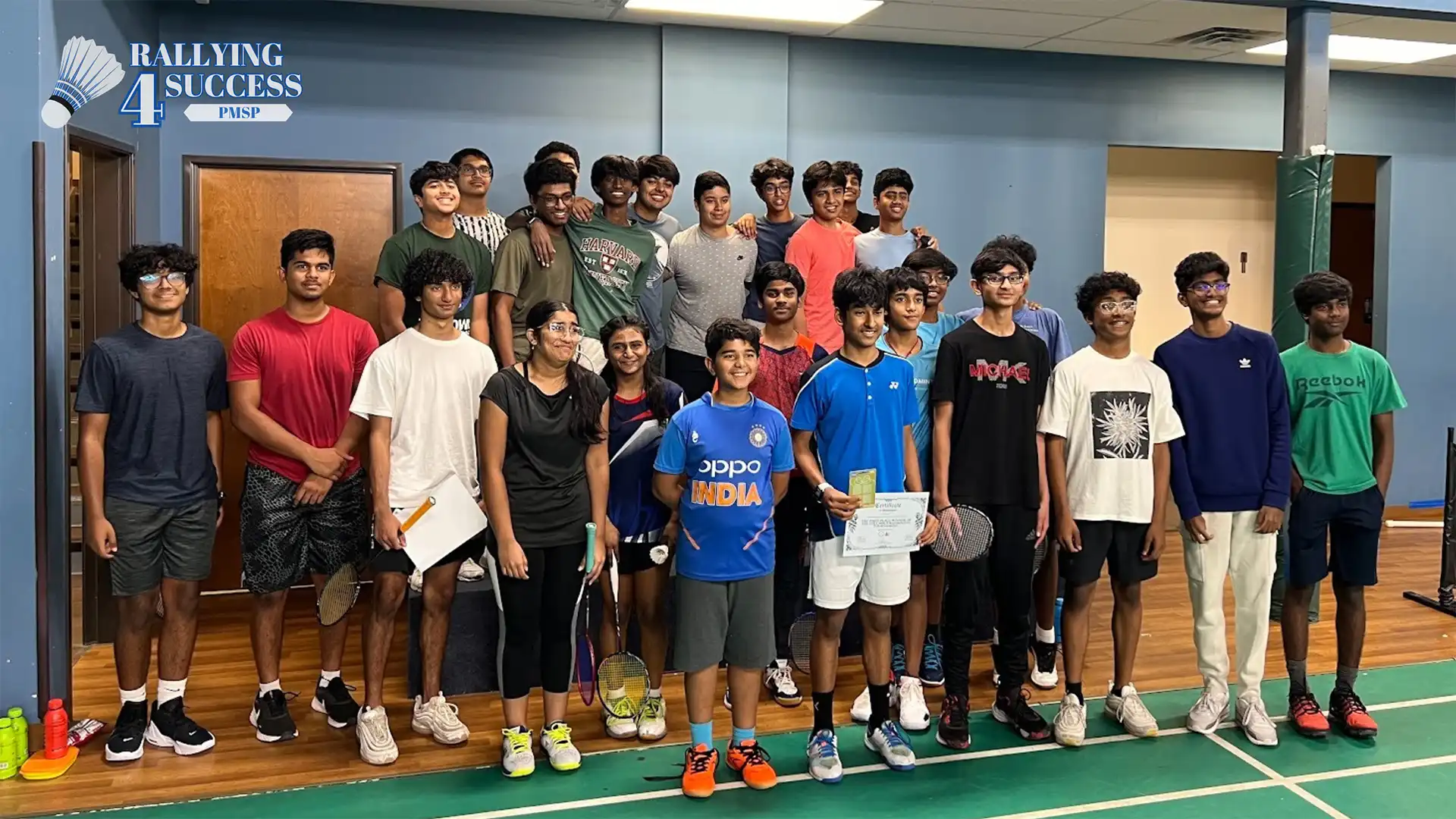Steamed milk, espresso and pumpkin-spice sauce are a recipe for success. Having begun at the Seattle-based coffee chain we all know and love (Starbucks, namely), pumpkin spice is now a phenomenon that may be found in anything from cleaning products to pasta sauce.
Have you ever wondered how it became so widely known and why? Well, I have. Here are the top three marketing tools used with the pumpkin spice latte (PSL).
1. Social Media Marketing
In September 2017 alone, 15,000 Twitter posts and over 37,000 posts across platforms mentioned the drink. A pumpkin spice latte is mentioned at every turn, urging you to try the drink yourself. Starbucks' vast social media marketing continues when they create social media accounts from the personified PSL itself, something that had never been done before in the quick-serve coffee industry. Many contribute to the lingering success of the drink to this.
At the beginning of the creation of the PSL, Peter Dukes, leader of the Starbucks espresso beverage team, and his team gathered in the “Liquid Lab” to create the next seasonal hit. After finding success with the Peppermint Mocha, Dukes had no idea what was coming next or who his target audience would be. Upon releasing the drink, they saw the popularity generated on social media. This led to the mass amount of marketing research that would follow, allowing the drink to return and make a profit year after year.
2. Scarcity Marketing
Humans are wired to want to be a part of a community. Starbucks discovered this was no different from the PSL community and played this phenomenon in their favor. How do they do this? The simple answer is obvious: they only make it available for a limited time without guaranteeing it will return the following fall.
However, there is more to this tactic. The fear of missing out (FOMO) runs rampant in PSL drinkers. After realizing that they may only be able to indulge in a PSL two to three months out of the year, the stress levels associated with receiving one ramp up. This encourages them to return to the chain coffee shop to purchase the drink as often as possible within this small window of time, becoming an obsession of some sort.
3. Sensory Marketing
The last tactic Starbucks uses is sensory marketing, a strategy we rarely see. However, this is a pivotal resource for Starbucks to market and sell these drinks. When looking at the definition, “a marketing strategy that focuses on engaging consumers' senses to create memorable and impactful experiences,” we see exactly why they do this. From the smell of the spice, the feeling of comfort associated with a warm beverage, and the taste of the latte being nostalgic, Starbucks plays right into your senses and leverages them to sell you the drink.
Fall and Starbucks have almost become synonymous. Fall is not just a season too many, but more of a feeling. Fall has many associations, from sweater weather to football and spooky season to pumpkin carving. Starbucks has done a fantastic job to ensure they are one of these associations as well.
Starbucks' marketing mastery with the Pumpkin Spice Latte (PSL) showcases a brilliant blend of social media, scarcity and sensory strategies. By leveraging the power of online buzz, the allure of limited availability and the sensory delights of fall, Starbucks has created a seasonal favorite and a cultural phenomenon. As each fall rolls around, the PSL continues to be more than just a drink—it's a celebration of the season and a reminder of how effective marketing can turn a simple idea into a beloved tradition.














